Our Workflows Super-Resolute the 10- and 20m bands of Sentinel-2, create a SR product that profits from the high Revisit Rate of S2.
Code and Model Weights are open sourced, making the Workflow and their Products available for all members of the Remote Sensing Community.
The Models are designed with Explainability in mind, some come with Confidence Metrics so users can decide whether the product is useful for their application
The globally applicable models are able to reconstruct an impressive amount of detail for both the 10m RGB-NIR bands as well as the 20m bands of S2. We have a range of models, from lightweight SWIN to large latent diffusion models, enabling the user to select the model based on their specific need.
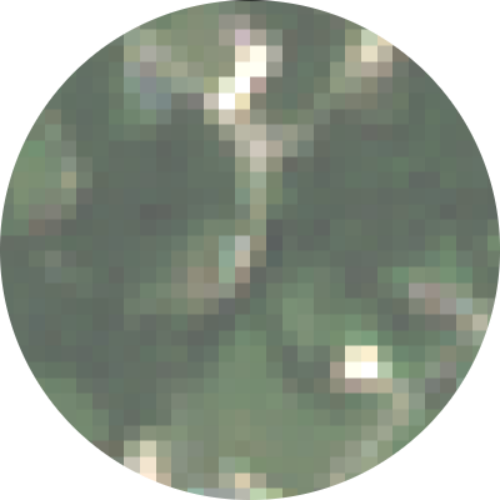
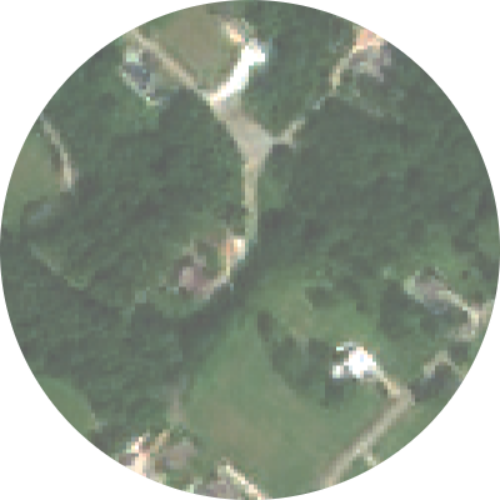
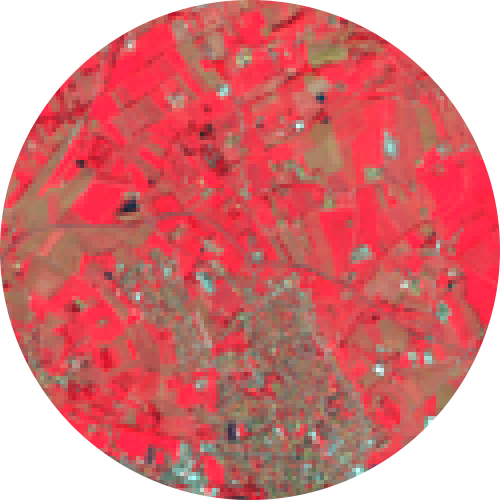
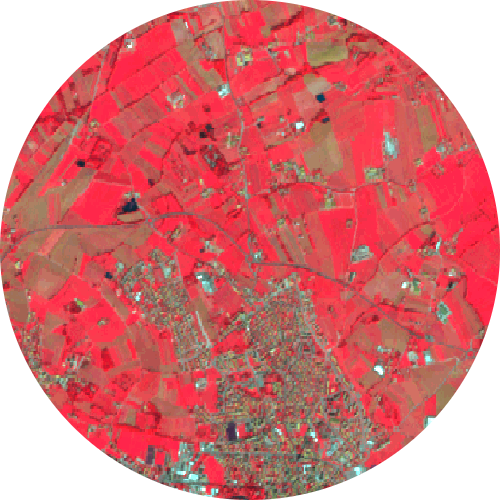
A special focus is on preserving the actual spectral information, the goal is to keep the actual reflectance values true to the phenomena on the ground. Since downstream applications rely on the spectral accuracy, our products are more than just hallucinated enhancement.
In order to convince remote sensing specialists of the viability of SR products, we produce confidence metrics along with the models to allow users to gauge the applicability of the SR product to their specific problem
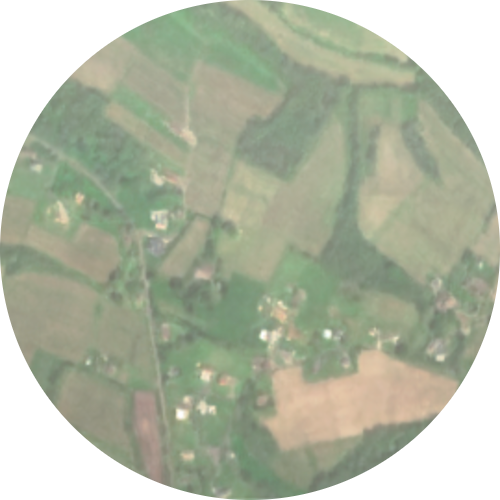
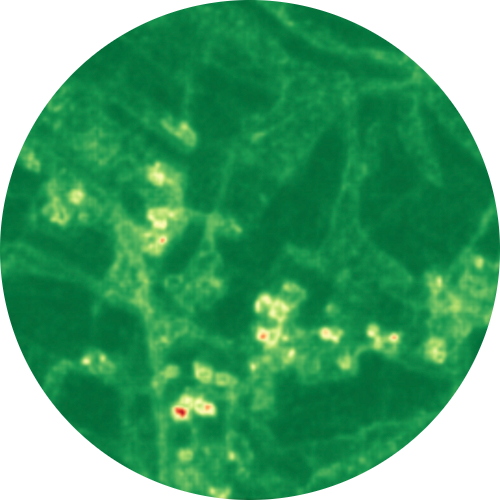
# Import Package
import sen2sr
# Load Model
model = mlstac.load("model/SEN2SRLite").compiled_model()
# Predict - pass Model and Image Tensor
superX = sen2sr.predict_large(model=model,X=X)
All OpenSR models and packages are hosted on GitHub and facilitate integration, creating an ecosystem of tools for the whole SR pipeline.